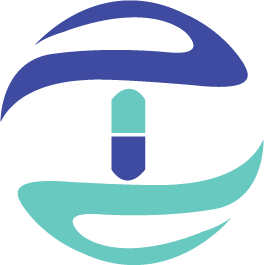The German health care system has several important features that resemble but go beyond those prevalent in the US. Its insurance sector is composed of more than 100 independent health plans that compete for enrollees based on customer service but collaborate in negotiating with pharmaceutical manufacturers. Prices are based on evidence-based assessments of comparative clinical assessment but also on testimony and supplemental documents obtained through public meetings that involve patient advocates, physician organizations, and other stakeholders.
Most importantly, perhaps, the system appears to have gained substantial political and social legitimacy. Proposals for reform center on minor technical issues rather than the basic structure of private, collective, and transparent price negotiations. The atmosphere is largely free of the vitriol so characteristic of the US system. Sickness Funds are not accused of “rationing,” and pharmaceutical firms are not accused of “gouging.” There seems to be a consensus that drug prices need to be high enough to finance innovation but low enough to sustain affordability and that prices for innovative drugs should be higher than prices for me-too products.
First, the US needs a mechanism for assessing the incremental clinical benefit offered by each new drug in comparison to alternative treatments, as a standard against which discussions of pricing can take place. Pharmaceutical manufacturers currently conduct clinical and cost-effectiveness studies for the G-BA and payers in other nations. US payers conduct back-of-the-envelope assessments through their pharmacy and therapeutics committees when deciding whether and how to include a drug on their formulary. But currently no one has to follow standardized methods established by a credible third party; open their processes to input from patients, physicians, and other stakeholders; or be transparent with the results. This needs to happen.
Second, the US needs a mechanism by which clinical assessments are used to negotiate the prices of newly launched drugs and to justify price increases after launch. The private Institute for Clinical and Economic Review performs these functions on a voluntary basis, and its assessments are being used by some payers and manufacturers in price discussions. Many US insurers and pharmacy benefit managers have enrollments comparable to the entire population of European nations and so already have sufficient scale to negotiate in a meaningful way for prices that are aligned with clinical value. This needs to happen.
This post derives from site visits, interviews with key opinion leaders, and reviews of published documents obtained as part of an ongoing study of the German pharmaceutical pricing, supported by the Commonwealth Fund. Findings from this work were also discussed in a Commonwealth Fund Issue Brief.


